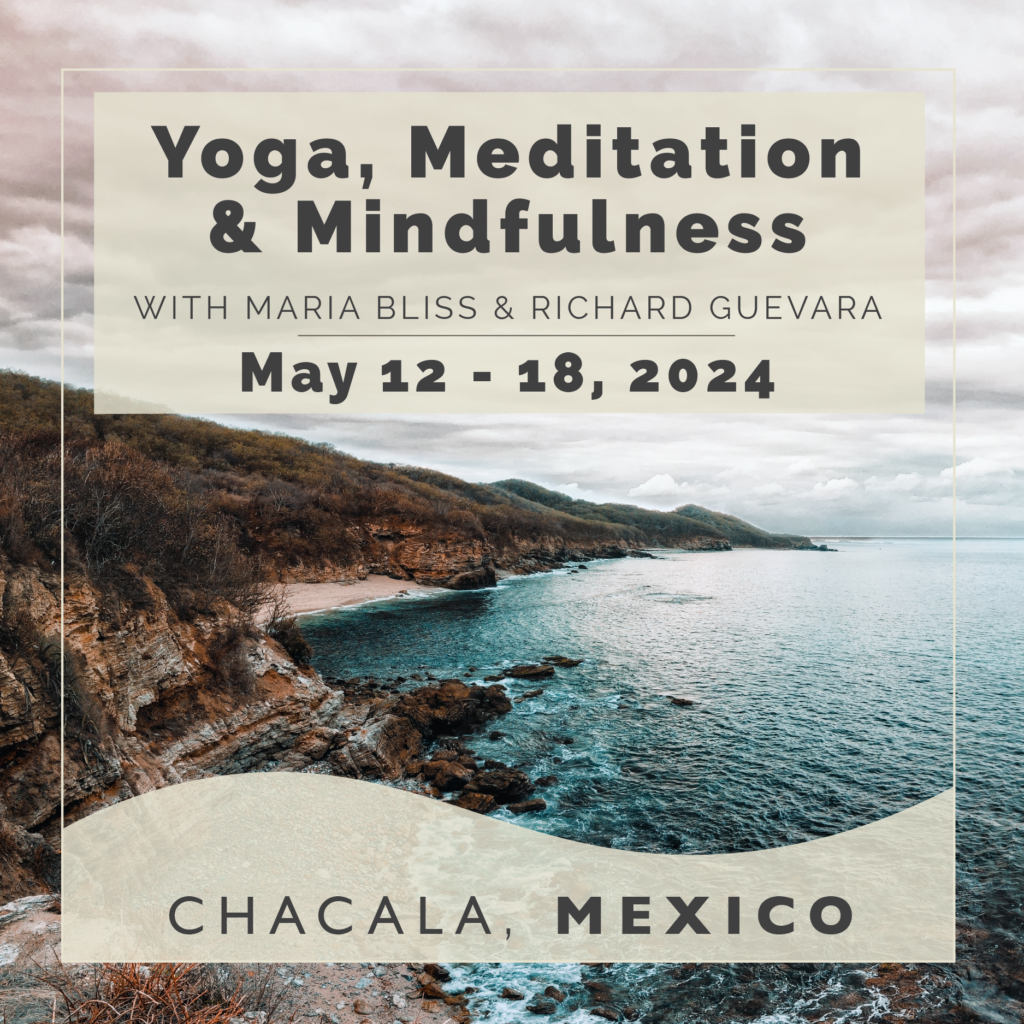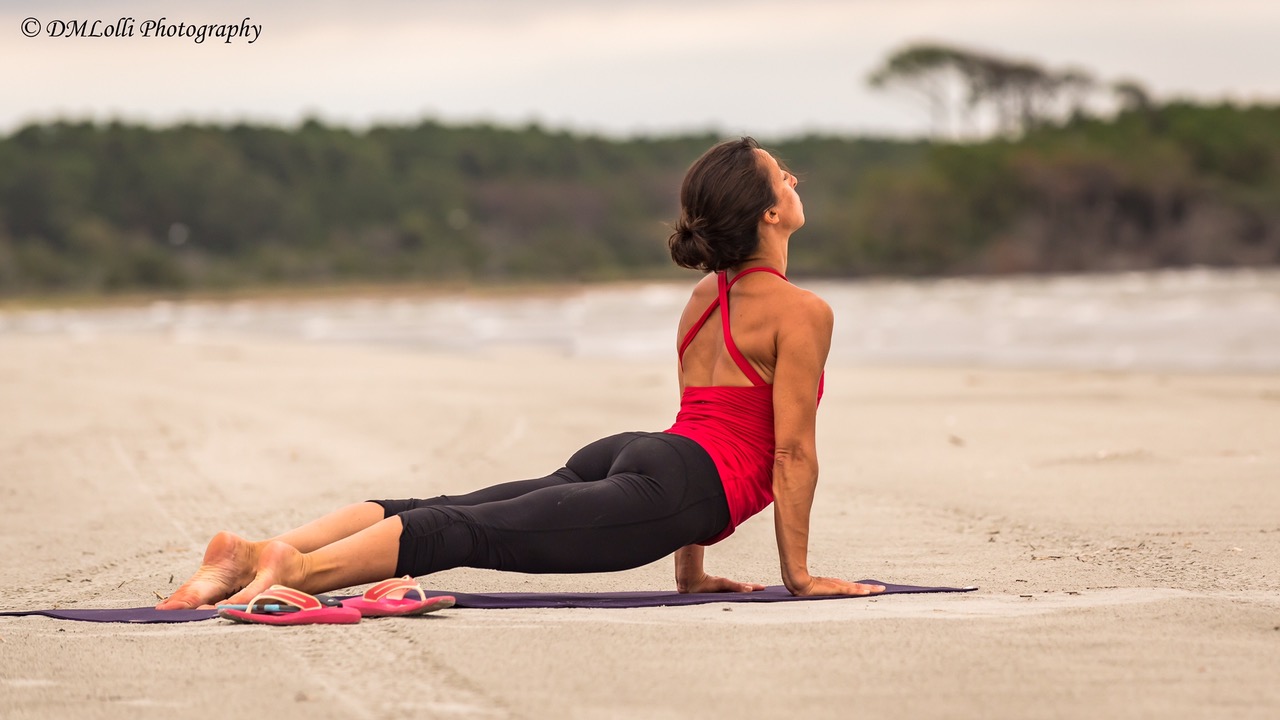 Recently, I spent a retreat weekend in the woods alongside a community of yoga teacher trainees. And though a retreat weekend should embody a framework of rest, I entered it a bit frenzied. As I planned for the weekend in the woods, I realized, truth be told, there wasn’t much rest at all.
Recently, I spent a retreat weekend in the woods alongside a community of yoga teacher trainees. And though a retreat weekend should embody a framework of rest, I entered it a bit frenzied. As I planned for the weekend in the woods, I realized, truth be told, there wasn’t much rest at all.
Then suddenly, in the last couple days prior to the weekend, plans started to feel like they were unraveling. A variety of life’s unexpected happenings suddenly erupted for several students. Several in the group wouldn’t be able to attend. Then, during the weekend, additional people had to head out early and most who remained were exhausted. Me too. By early Sunday morning I sensed that my plans for the day ahead needed to change. There was no way we were going to be able continue with the level of work I’d intended.
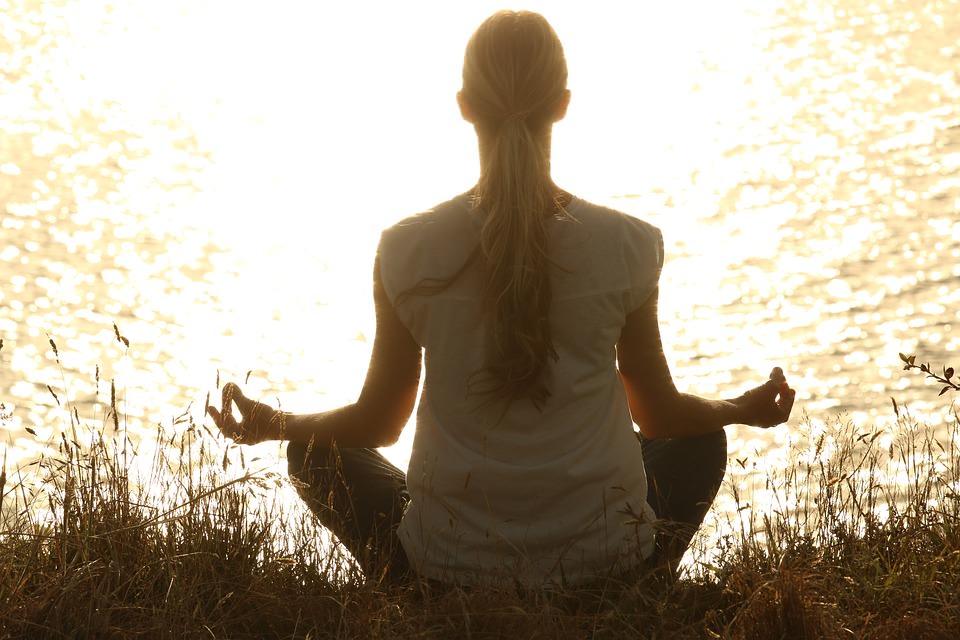 I thought of the ways I’ve resisted rest so often and have been left feeling like a packed closet that hasn’t been cleaned out in a while. There must be times of letting go. So, instead, I took out a little sword of discernment and sliced through much of the schedule, dissecting away all that felt like it could wait so we could work at a slower pace.
I thought of the ways I’ve resisted rest so often and have been left feeling like a packed closet that hasn’t been cleaned out in a while. There must be times of letting go. So, instead, I took out a little sword of discernment and sliced through much of the schedule, dissecting away all that felt like it could wait so we could work at a slower pace.
That afternoon, instead of continuing to press forward with new material, we turned our attention to tending the beautiful grounds and house where we’d stayed. We’d been tasked with a service project of raking the grounds around the house and down the path to a labyrinth used for walking meditation. I took on raking the path and the labyrinth itself. And as I did, I felt the land start to draw me in and work suddenly became rest.
It can be hard to let go of plans, to remember that pausing, setting down agendas for the flow of life as it is, to stand still and ask for wisdom about which direction to go rather than rushing forward with deeply engrained behaviors. At least for me it can be hard. Maybe you too.
Yet, this day I stood, I asked, and this is what I received: first, I found myself standing in the center of old trees on an ancient mountain, under a sky blue and bright with sunshine. As I raked, I thought of the Buddhist wisdom to remember that we must still and always “chop wood and carry water” with the same level of loving attention as any other practice we may be doing. No matter what we may be doing to engage our spirits, to settle our mind, to become more engaged and connected all around, the work is of little importance if we do not return to the world of tasks, of the nitty gritty of life, with the same spirit of loving attention that we’d give to sitting on the mat.
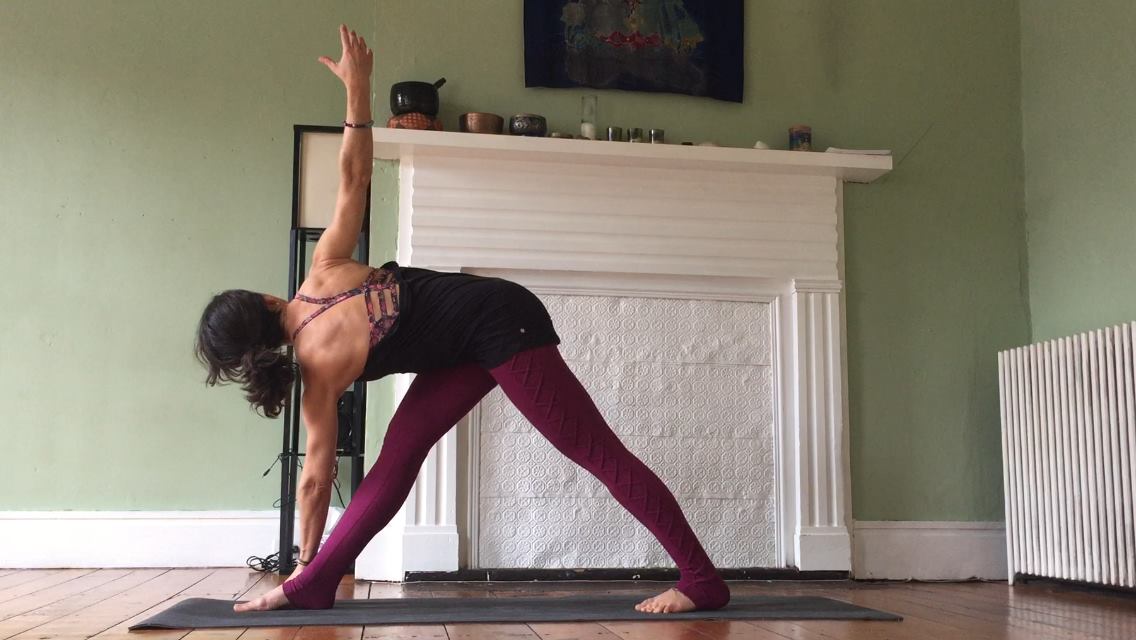 So I relaxed a bit as I raked, softened my shoulders, stopped plowing through the leaves with the rake like they owed me something. Instead, I let my rake move in rhythm with my breath, I paused every few moments to stand, breathe in the smell of the crisp air, turn my face to the sun.
So I relaxed a bit as I raked, softened my shoulders, stopped plowing through the leaves with the rake like they owed me something. Instead, I let my rake move in rhythm with my breath, I paused every few moments to stand, breathe in the smell of the crisp air, turn my face to the sun.
When I finally made it to the labyrinth, I set the rake aside, began the walk to the center. The labyrinth is said to mimic the journey of life, a journey that is circular, so that the way in is also the way out. There are obstacles, roots, switchbacks, stumps, and uneven ground to navigate. I found myself pushing forward quickly at first, walking at my normal pace. As the trail and obstacles continued, I slowed, I considered, I realized I was breathing and walking in rhythm, my mind no longer scattered but deeply present.
In the center, a stone rests like a stool inviting a pause to sit, to witness the journey. And, though I almost missed the invitation, just as I turned to walk back the way I’d come, I recognized where I was standing, and I paused. Here I was, halfway in the labyrinth journey and halfway on my life journey, too, here at the start of the year in which I’ll turn 50. Perhaps this isn’t exactly half the life I’ll live, but somehow it felt in that moment as if it is.
So, I sat. I saw trees and sunlight, landscape that vibrated with some wisdom I couldn’t quite hear but that I wanted to listen for. I recognized that my walk forward from there would be a return over the same footsteps I’d already traveled. An opportunity to return, perhaps, and do them differently this time. I felt myself having slowed, having allowed the rhythm of the day to unfold differently, having changed the pace of my raking to allow it to embody the same wisdom as the rest that I’d received. I felt the way I’d been drawn into the center of this circle. It felt very much like I was sitting right within the center of my heart pausing to take in the cumulative steps of this journey so I might collect myself before going onward and out from here.
A  teacher friend shared another way of seeing this experience is to envision the journey inward from the perspective of release, the space in the middle as the moment to receive, and the journey back out as the opportunity to return.” Release, receive, return.
teacher friend shared another way of seeing this experience is to envision the journey inward from the perspective of release, the space in the middle as the moment to receive, and the journey back out as the opportunity to return.” Release, receive, return.
I’ve thought every day recently of this perspective and wondered over it. What is the release from? What is it that might be received? And to what might I return?
I found myself walking the winter wooded paths around my house this past week wondering and listening for an answer. I imagined the ancient paths my boots tread and felt like I’d created my own kind of labyrinth, not circular, but marked and worn into a predictable inward and outward journey by my own treading.
One particularly quiet morning, after a particularly frustrating night, just after a snowfall, the world seemed to hold me for a moment, still as if in the middle, receiving. I stood and watched the sky balance itself between gray and soft salmon colored light. I paused and felt very sure that this was as much a moment of being in the middle as any other. My life, all life, precious, unfinishable—how could I do anything more than stand and receive.
 Returning from it, into my life, I walked with something I might call peace. I had walked away from my home and perhaps wouldn’t have named it so, but it was a release. With each step I had let my life behind me, my frustrations and confusions and lack of control, fall away. Pausing for a moment I’d received life back to me again, more beautiful as I listened, waited, looked around with the promise to receive.
Returning from it, into my life, I walked with something I might call peace. I had walked away from my home and perhaps wouldn’t have named it so, but it was a release. With each step I had let my life behind me, my frustrations and confusions and lack of control, fall away. Pausing for a moment I’d received life back to me again, more beautiful as I listened, waited, looked around with the promise to receive.
And so, I walked back, returning more spacious, like some stubborn thing in me had given way, if but for a moment. I could feel the whole moment in my body through my shoulders, my face, my senses. It wouldn’t last. Contentment is like that after all, a tender bird that comes, goes, comes again. And perhaps the next time I walk a labyrinth real or imagined, I will understand the whole journey in an entirely different way. Perspective, too, like a bird—light as a feather and floats with experience.
But this day, that moment, I had walked a good way, and on the other side, I returned to rest for my soul.
 Sit or lie down for a moment, friend, as if you’ve walked from a place of release into the stillness of receptivity. Place your hand on your heart. Feel your breath move inward and outward. Can you soften the muscles of your face as if your eyes and mouth have relaxed into a gentle smile? Imagine peace has come to land right in front of you, like a little bird. Imagine this lovely little bird breathing softly. See if you can remain here with this delicate sense of peace and your breath for just a few moments more. Then return, friend, from here.
Sit or lie down for a moment, friend, as if you’ve walked from a place of release into the stillness of receptivity. Place your hand on your heart. Feel your breath move inward and outward. Can you soften the muscles of your face as if your eyes and mouth have relaxed into a gentle smile? Imagine peace has come to land right in front of you, like a little bird. Imagine this lovely little bird breathing softly. See if you can remain here with this delicate sense of peace and your breath for just a few moments more. Then return, friend, from here.
Christa Mastrangelo Joyce, E-RYT500, a dedicated yoga teacher with a diverse background and a passion for accessibility. In 2009, she founded Jala Yoga and has been offering yoga trainings since 2012. With expertise in Ashtanga, Hatha, Ayurveda, Yin Yoga, and Traditional Chinese Medicine, Christa emphasizes anatomy, breathwork, and meditation in her classes. She brings a modern perspective to ancient traditions, incorporating storytelling and mythology to engage her students. Committed to inclusivity, Christa works to create classes that support adaptability and curiosity for all practitioners. Join Christa on Retreat! Choose from Mexico, Italy or Portugal.

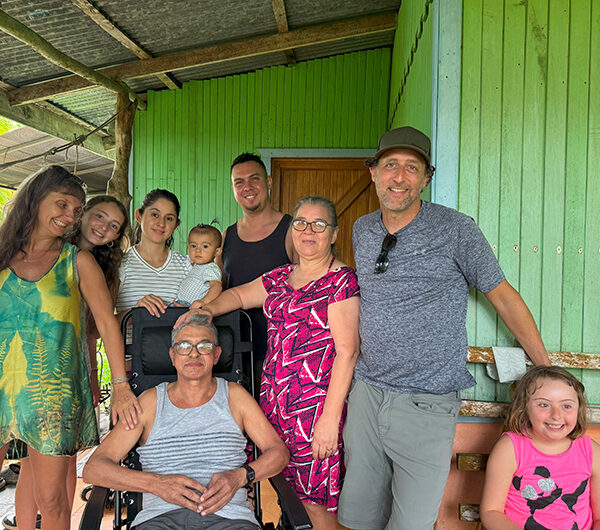
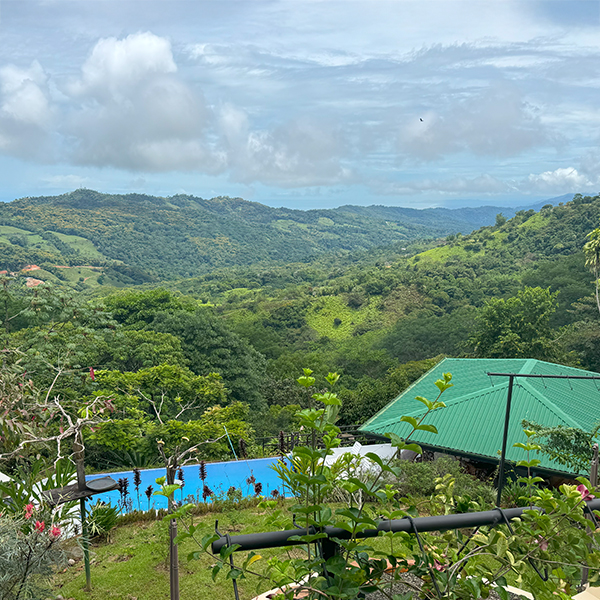
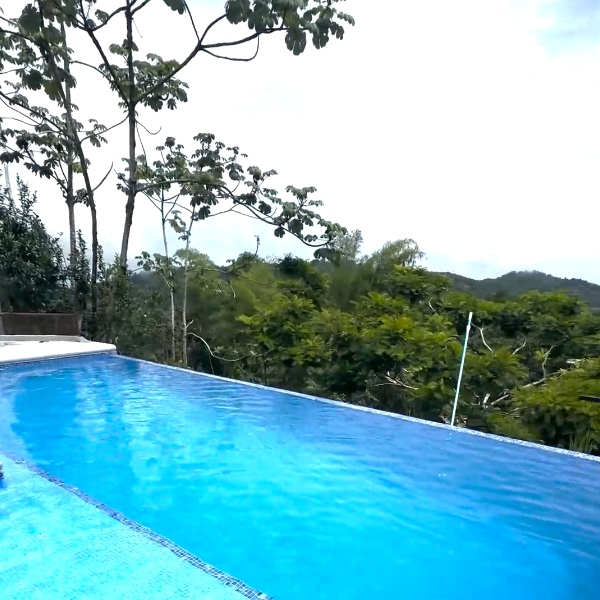
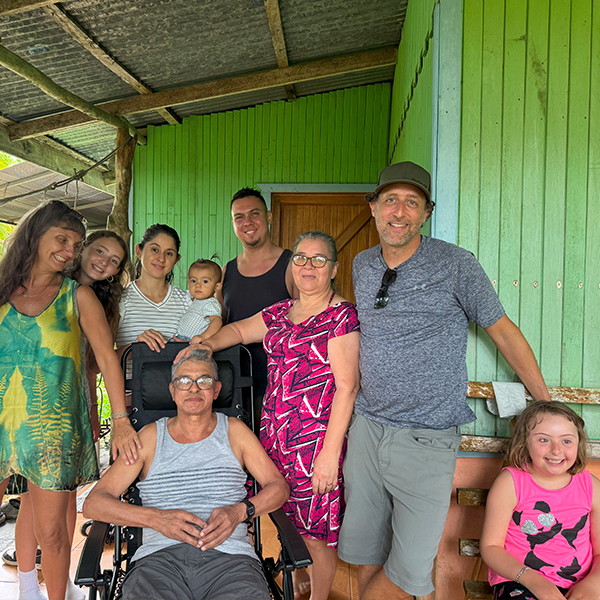
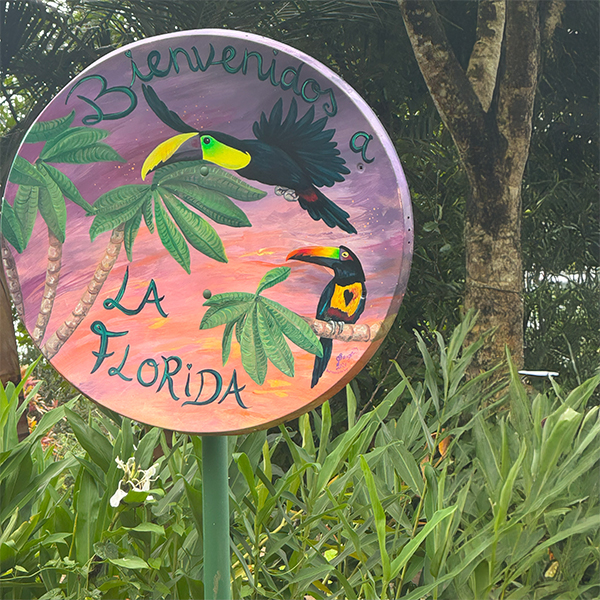
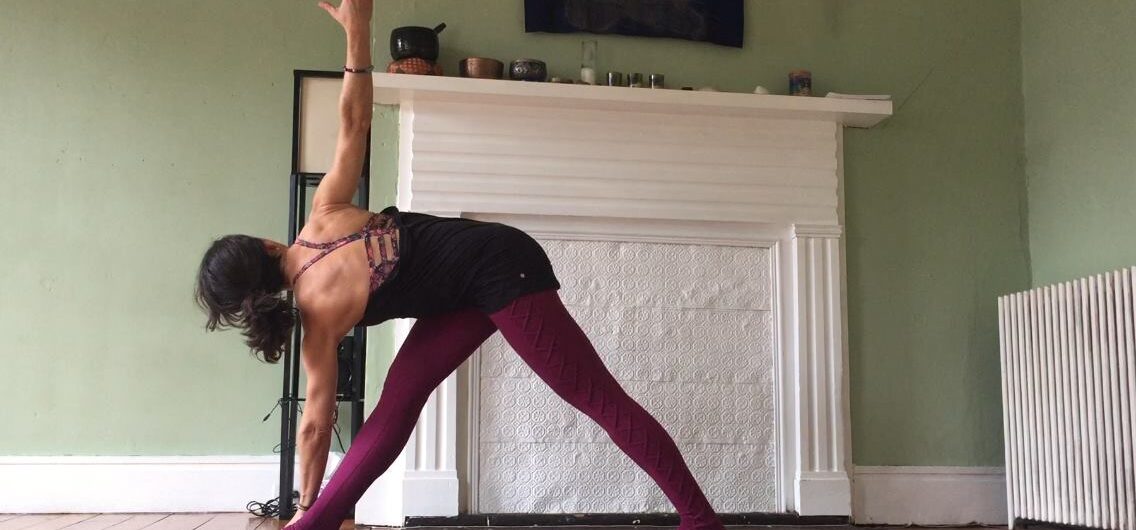
 Recently, I spent a retreat weekend in the woods alongside a community of yoga teacher trainees. And though a retreat weekend should embody a framework of rest, I entered it a bit frenzied. As I planned for the weekend in the woods, I realized, truth be told, there wasn’t much rest at all.
Recently, I spent a retreat weekend in the woods alongside a community of yoga teacher trainees. And though a retreat weekend should embody a framework of rest, I entered it a bit frenzied. As I planned for the weekend in the woods, I realized, truth be told, there wasn’t much rest at all. I thought of the ways I’ve resisted rest so often and have been left feeling like a packed closet that hasn’t been cleaned out in a while. There must be times of letting go. So, instead, I took out a little sword of discernment and sliced through much of the schedule, dissecting away all that felt like it could wait so we could work at a slower pace.
I thought of the ways I’ve resisted rest so often and have been left feeling like a packed closet that hasn’t been cleaned out in a while. There must be times of letting go. So, instead, I took out a little sword of discernment and sliced through much of the schedule, dissecting away all that felt like it could wait so we could work at a slower pace.  So I relaxed a bit as I raked, softened my shoulders, stopped plowing through the leaves with the rake like they owed me something. Instead, I let my rake move in rhythm with my breath, I paused every few moments to stand, breathe in the smell of the crisp air, turn my face to the sun.
So I relaxed a bit as I raked, softened my shoulders, stopped plowing through the leaves with the rake like they owed me something. Instead, I let my rake move in rhythm with my breath, I paused every few moments to stand, breathe in the smell of the crisp air, turn my face to the sun.  teacher friend shared another way of seeing this experience is to envision the journey inward from the perspective of release, the space in the middle as the moment to receive, and the journey back out as the opportunity to return.” Release, receive, return.
teacher friend shared another way of seeing this experience is to envision the journey inward from the perspective of release, the space in the middle as the moment to receive, and the journey back out as the opportunity to return.” Release, receive, return. Returning from it, into my life, I walked with something I might call peace. I had walked away from my home and perhaps wouldn’t have named it so, but it was a release. With each step I had let my life behind me, my frustrations and confusions and lack of control, fall away. Pausing for a moment I’d received life back to me again, more beautiful as I listened, waited, looked around with the promise to receive.
Returning from it, into my life, I walked with something I might call peace. I had walked away from my home and perhaps wouldn’t have named it so, but it was a release. With each step I had let my life behind me, my frustrations and confusions and lack of control, fall away. Pausing for a moment I’d received life back to me again, more beautiful as I listened, waited, looked around with the promise to receive.  Sit or lie down for a moment, friend, as if you’ve walked from a place of release into the stillness of receptivity. Place your hand on your heart. Feel your breath move inward and outward. Can you soften the muscles of your face as if your eyes and mouth have relaxed into a gentle smile? Imagine peace has come to land right in front of you, like a little bird. Imagine this lovely little bird breathing softly. See if you can remain here with this delicate sense of peace and your breath for just a few moments more. Then return, friend, from here.
Sit or lie down for a moment, friend, as if you’ve walked from a place of release into the stillness of receptivity. Place your hand on your heart. Feel your breath move inward and outward. Can you soften the muscles of your face as if your eyes and mouth have relaxed into a gentle smile? Imagine peace has come to land right in front of you, like a little bird. Imagine this lovely little bird breathing softly. See if you can remain here with this delicate sense of peace and your breath for just a few moments more. Then return, friend, from here. 
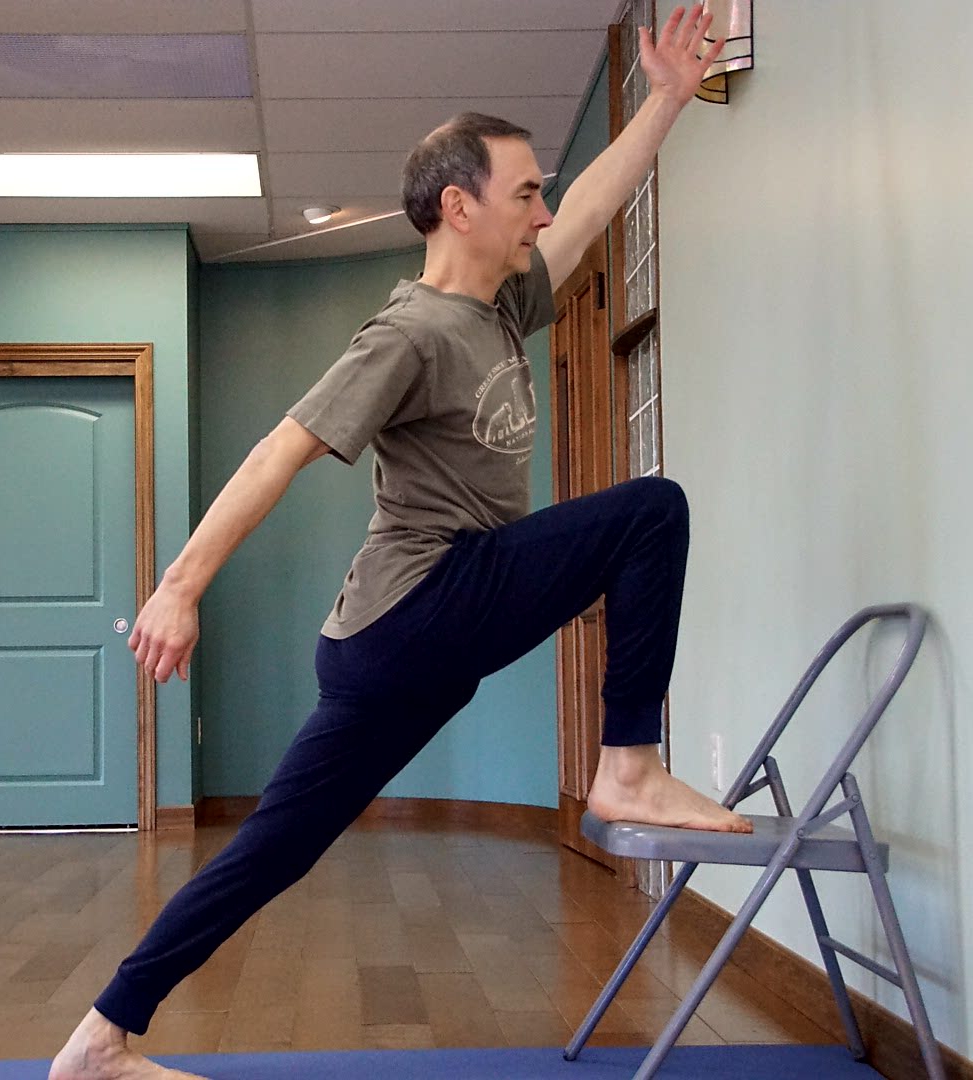 With force and pushing, you lose sensitivity; you sacrifice your body for the sake of the pose, or for more range of motion. When pushing and forcing predominate, it reveals that our good friends Sensitivity and Awareness have been abducted by the old habit of wanting more. The irony is that when we go after more, we miss what we have. We can only do yoga with what we have. In the practice of yoga, the desire for more is usually just a distraction and is in the way. A common Buddhist refrain is that “Desire distorts perception.” All the religions remind us to be grateful and frequently caution us about greed.
With force and pushing, you lose sensitivity; you sacrifice your body for the sake of the pose, or for more range of motion. When pushing and forcing predominate, it reveals that our good friends Sensitivity and Awareness have been abducted by the old habit of wanting more. The irony is that when we go after more, we miss what we have. We can only do yoga with what we have. In the practice of yoga, the desire for more is usually just a distraction and is in the way. A common Buddhist refrain is that “Desire distorts perception.” All the religions remind us to be grateful and frequently caution us about greed.
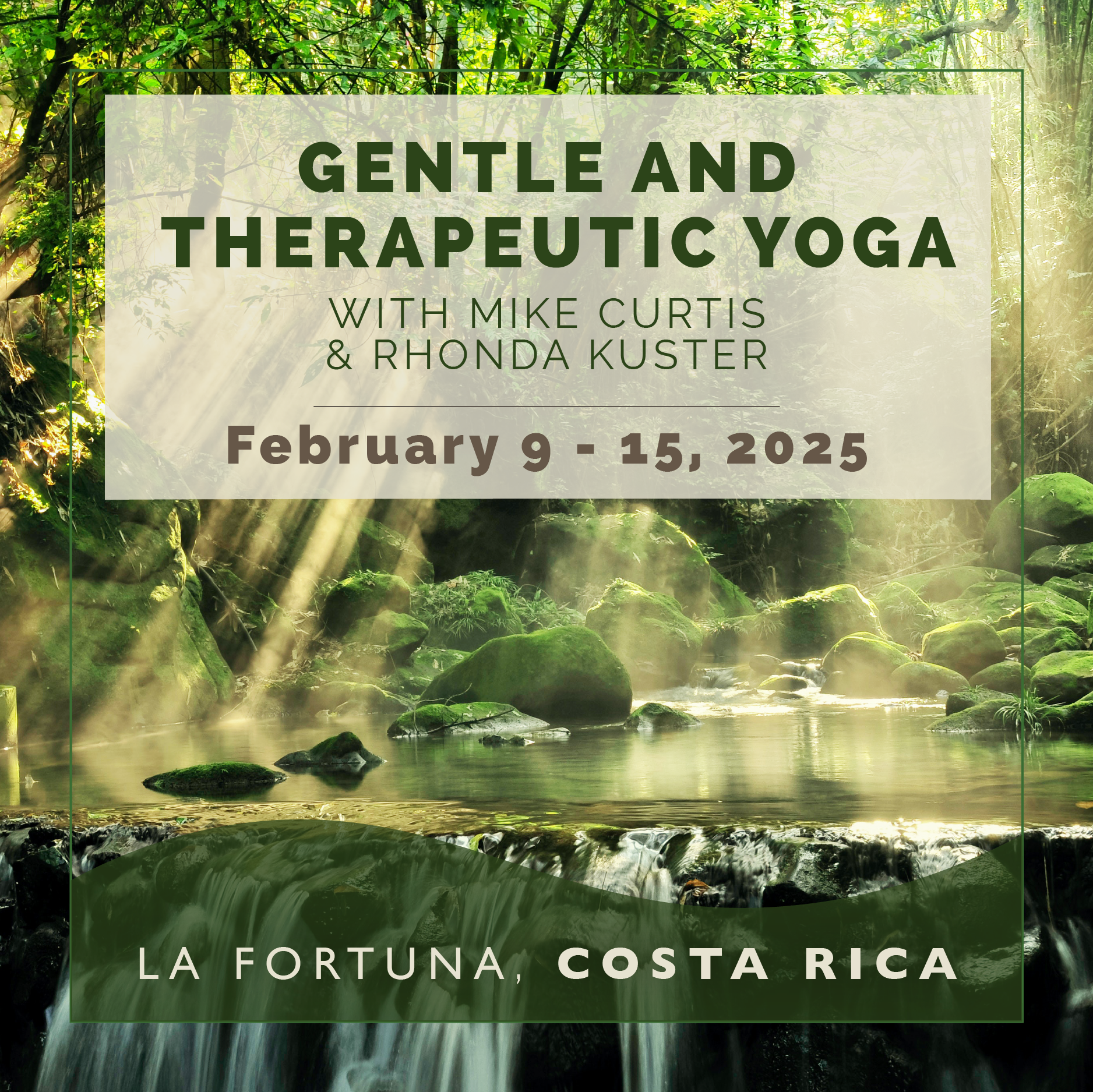
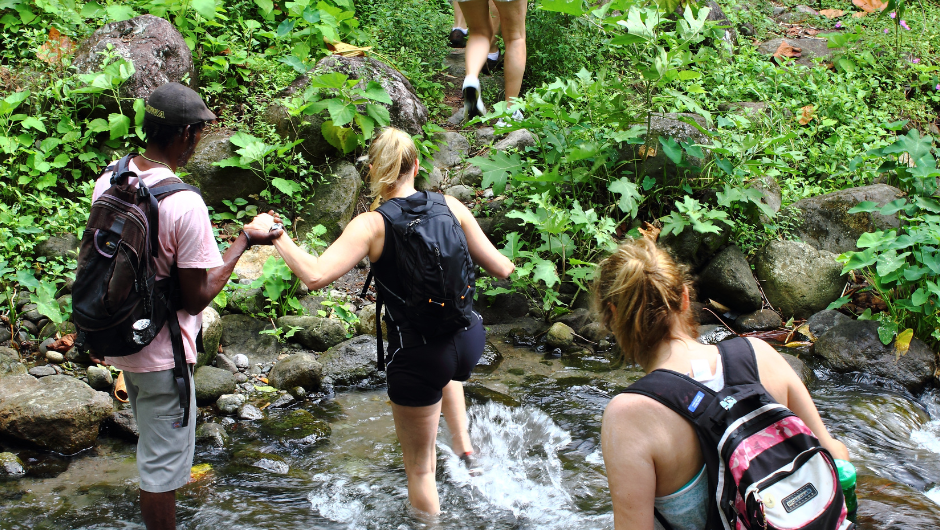
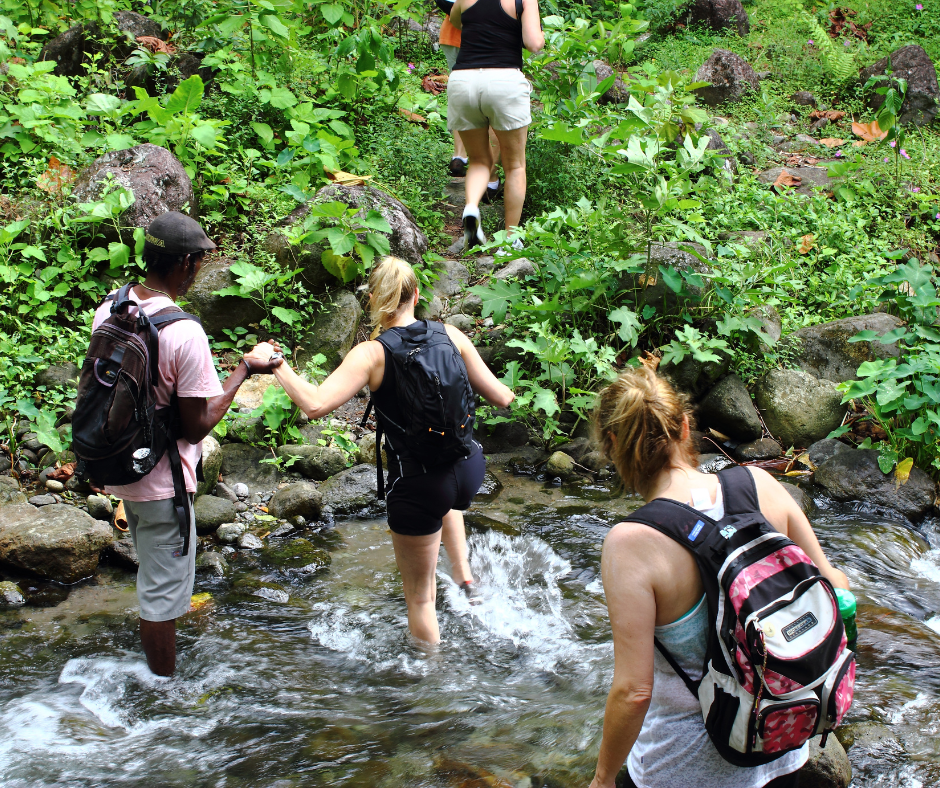 The Healing Power of Nature:
The Healing Power of Nature: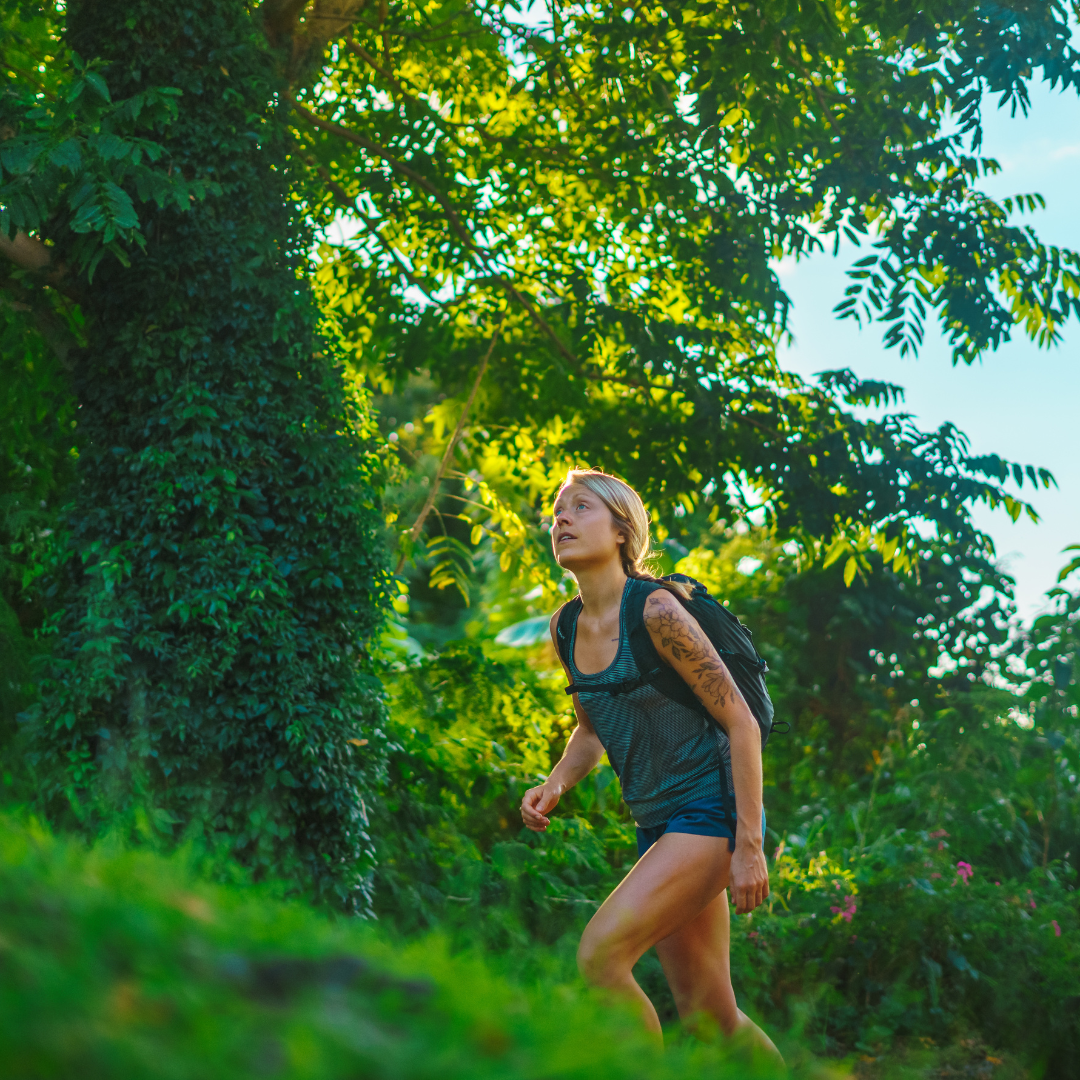 Encourage mindfulness through guided practices that capitalize on the serenity of the chosen location. Morning meditations with the sunrise, silent walks through nature trails, or journaling sessions by a reflective pond can facilitate a deeper connection with oneself and others. Mindful practices in nature become powerful tools for cultivating love, compassion, and gratitude.
Encourage mindfulness through guided practices that capitalize on the serenity of the chosen location. Morning meditations with the sunrise, silent walks through nature trails, or journaling sessions by a reflective pond can facilitate a deeper connection with oneself and others. Mindful practices in nature become powerful tools for cultivating love, compassion, and gratitude.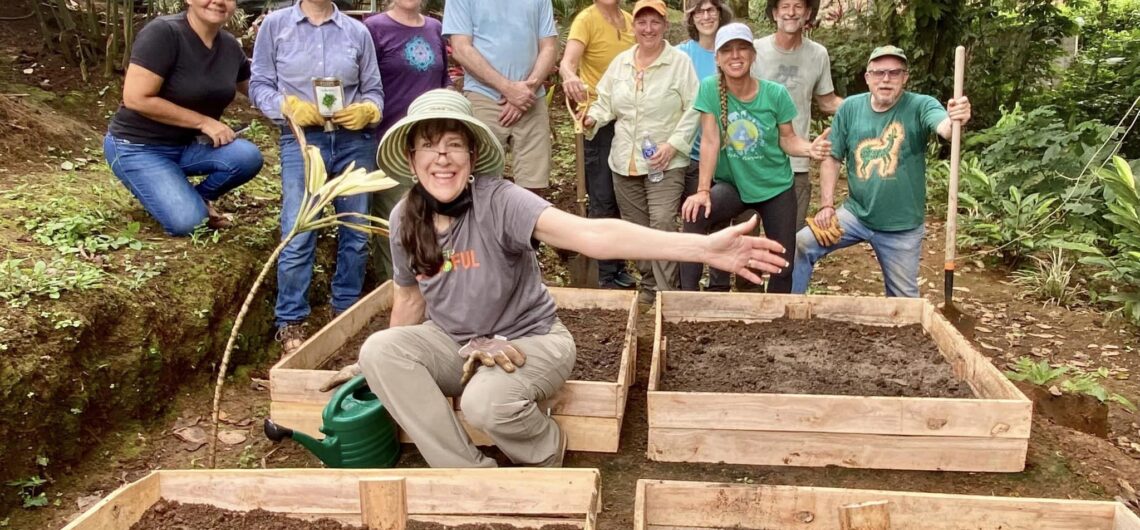
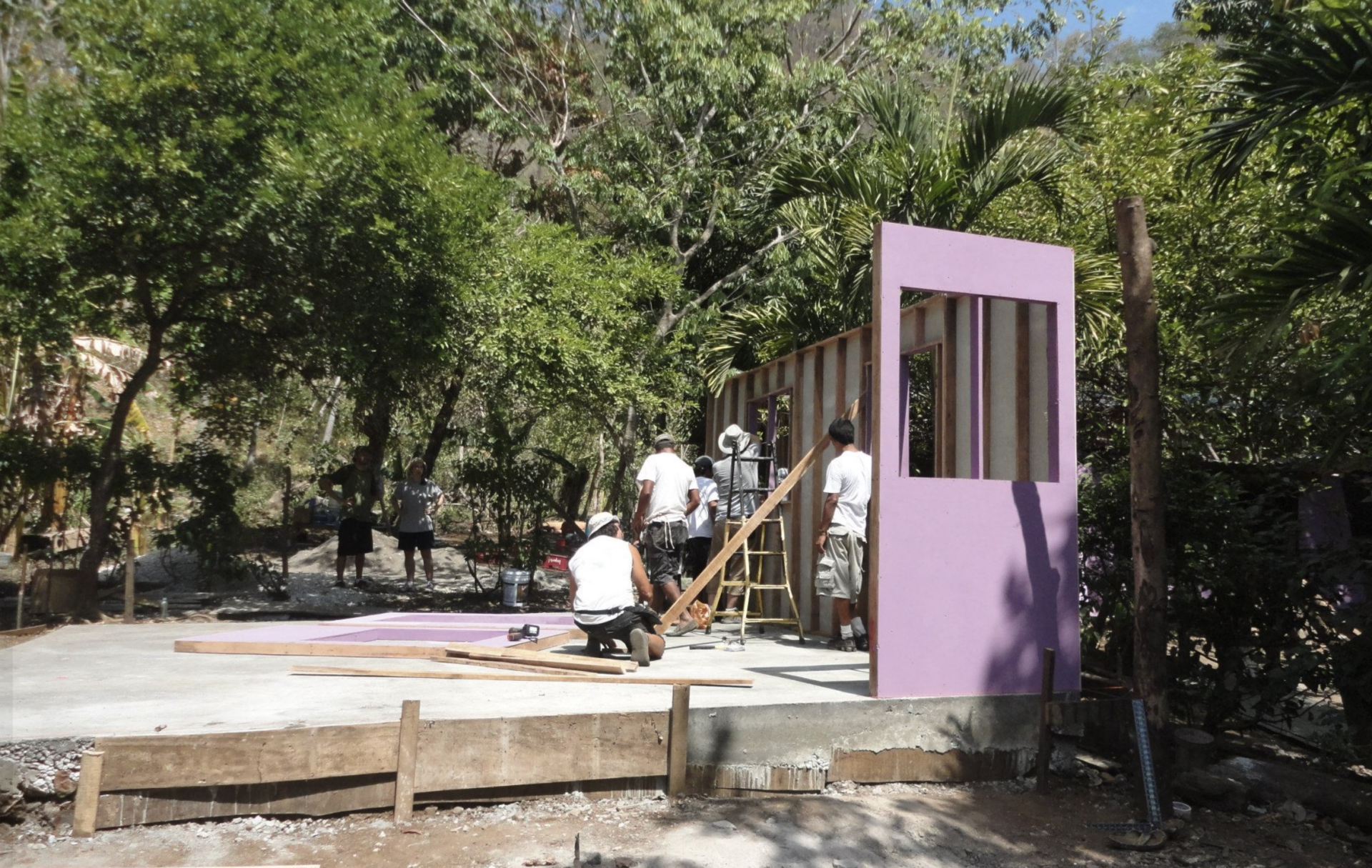 2. Global Impact:
2. Global Impact: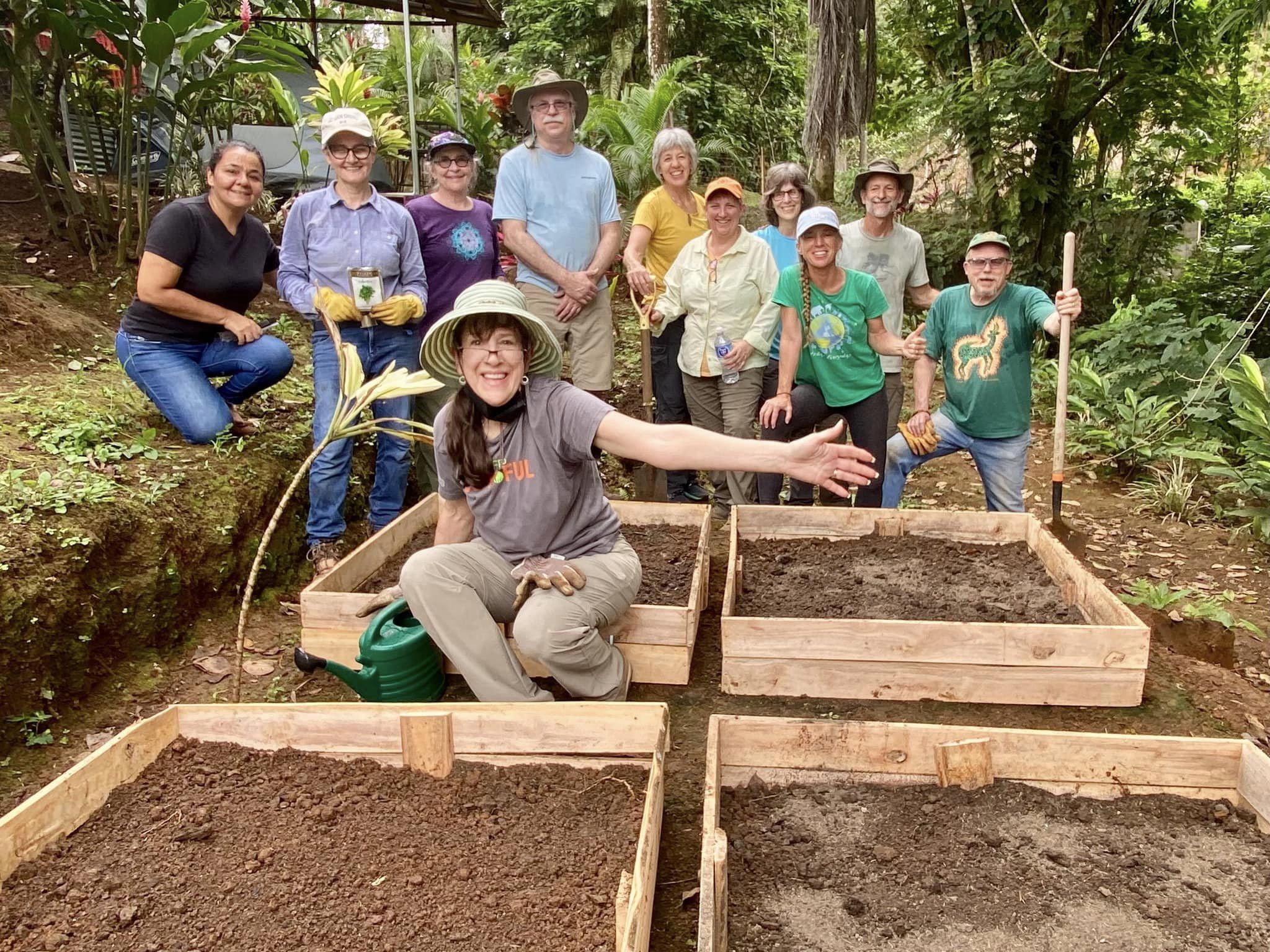 2. Education and Empowerment:
2. Education and Empowerment: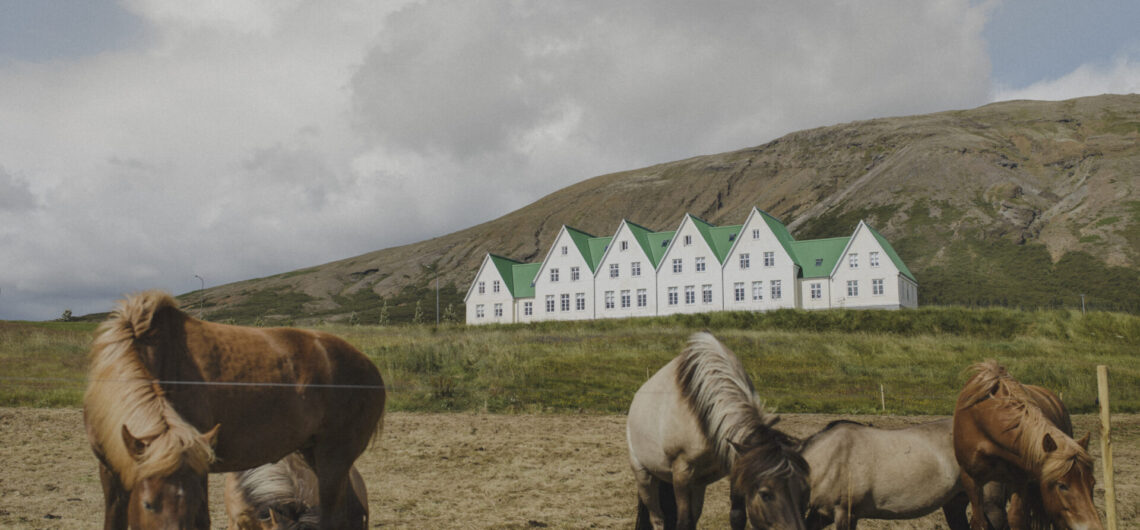
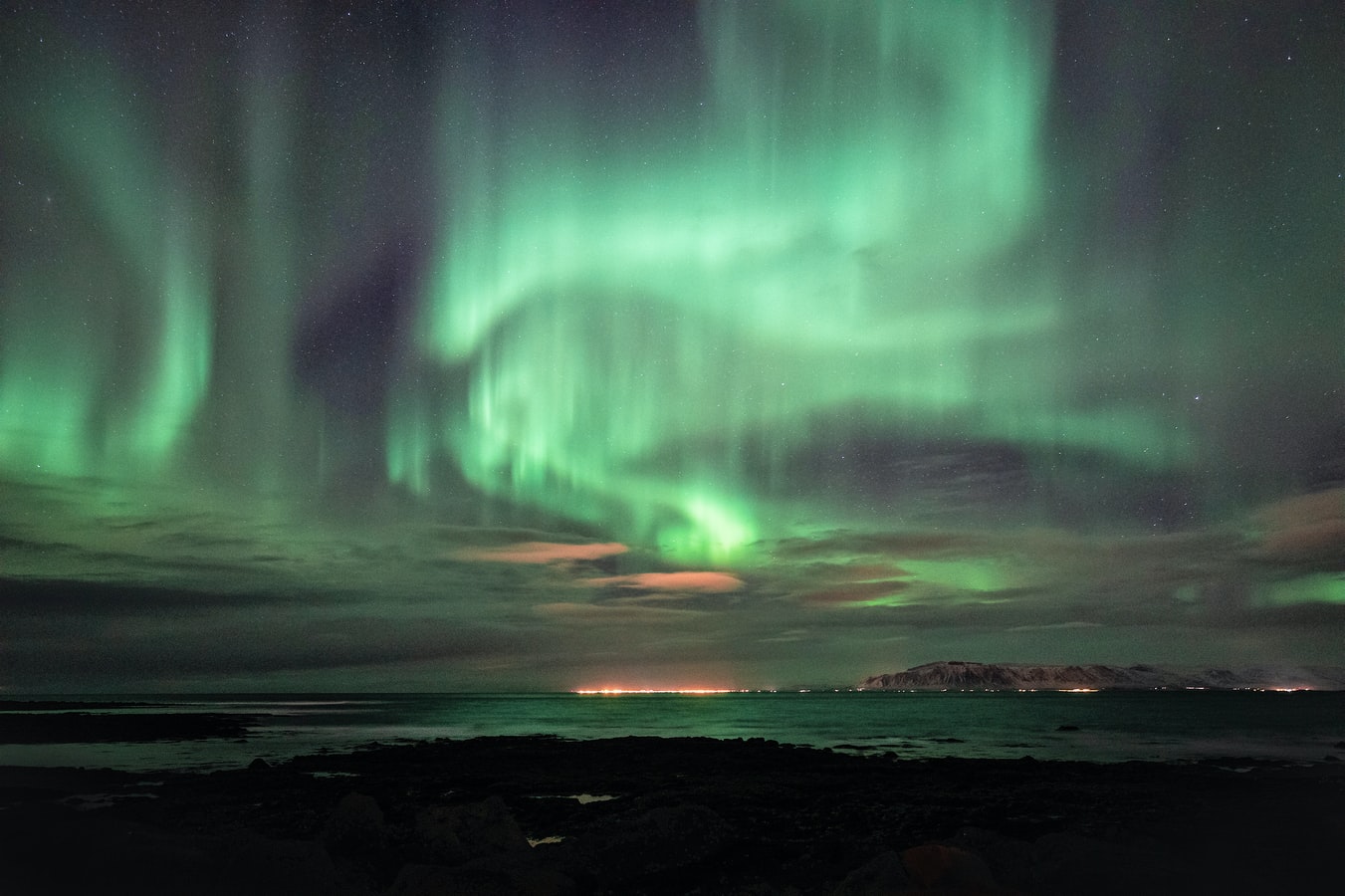
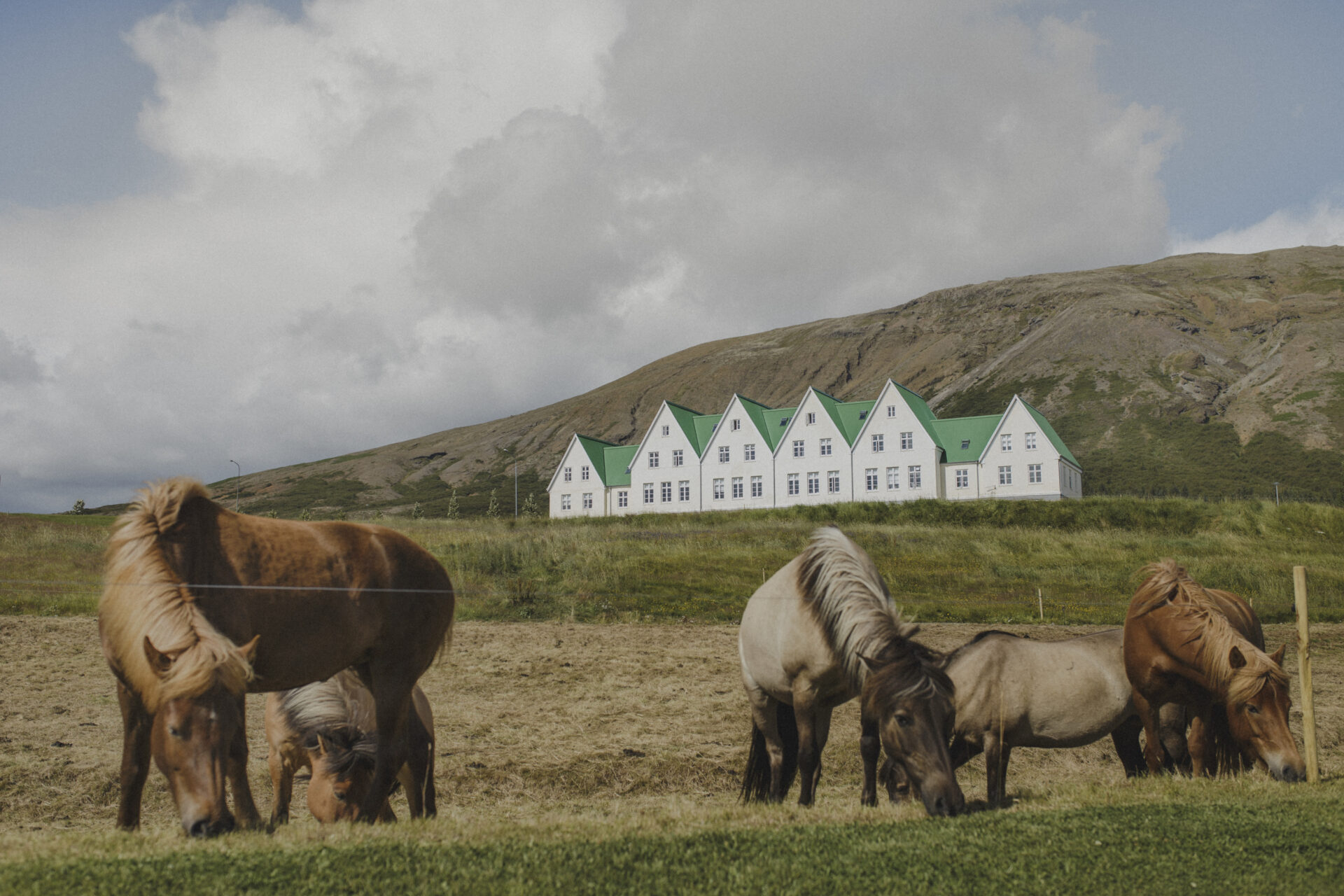 Iceland’s commitment to sustainability extends to its food production, with many restaurants and food producers striving to use local, seasonal, and organic ingredients. As a result, dining in Iceland not only offers a culinary adventure but also a chance to experience the country’s culture and dedication to sustainable practices.
Iceland’s commitment to sustainability extends to its food production, with many restaurants and food producers striving to use local, seasonal, and organic ingredients. As a result, dining in Iceland not only offers a culinary adventure but also a chance to experience the country’s culture and dedication to sustainable practices.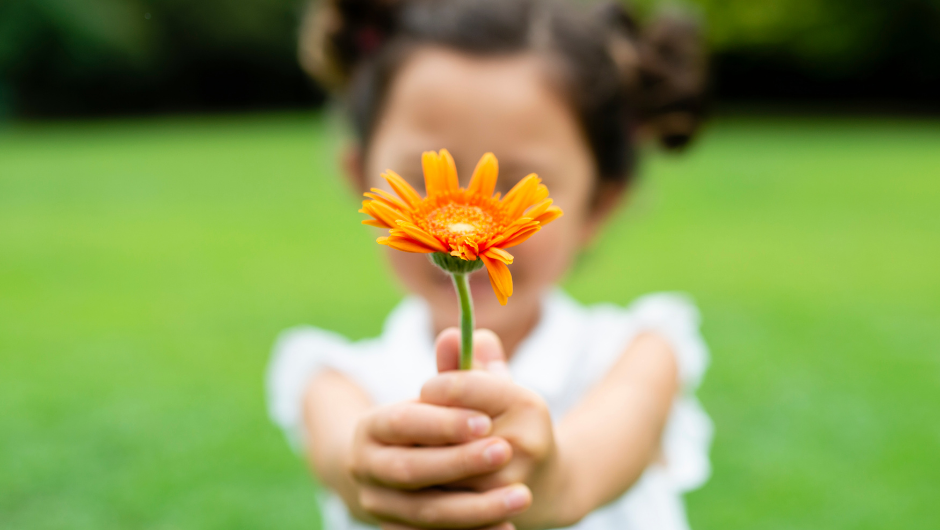
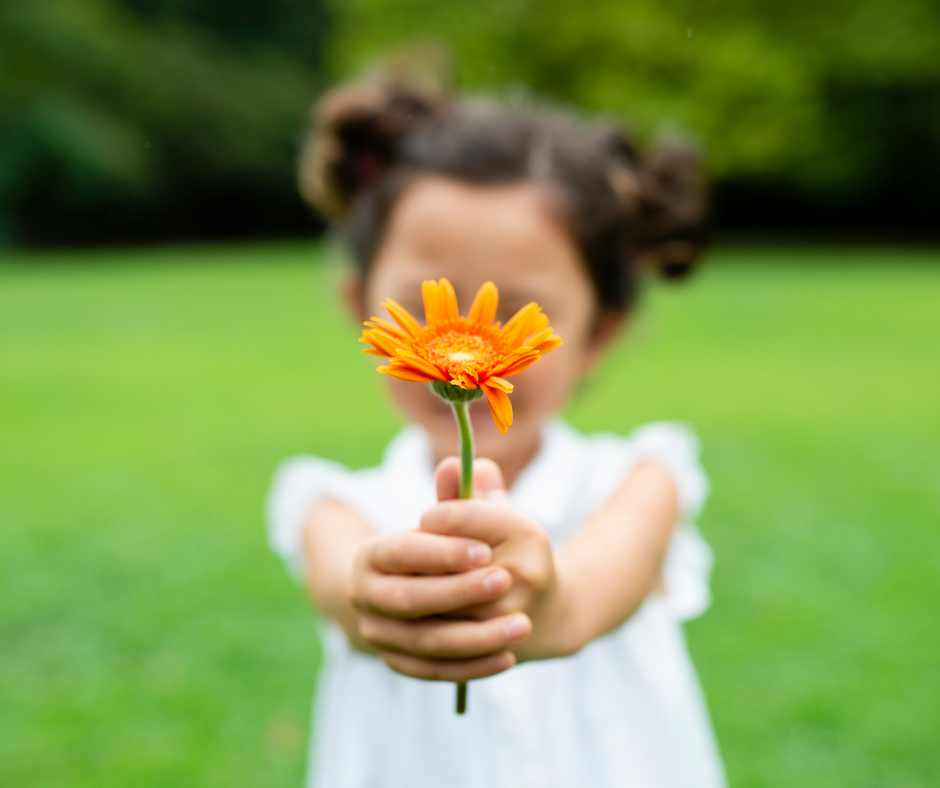 On a psychological level, gratitude can increase happiness and reduce depression. It encourages positivity and reduces toxic emotions, such as envy and resentment. Practicing gratitude can increase your resilience, helping you to overcome stress and bounce back from adversity – essential skills for any yoga practitioner.
On a psychological level, gratitude can increase happiness and reduce depression. It encourages positivity and reduces toxic emotions, such as envy and resentment. Practicing gratitude can increase your resilience, helping you to overcome stress and bounce back from adversity – essential skills for any yoga practitioner.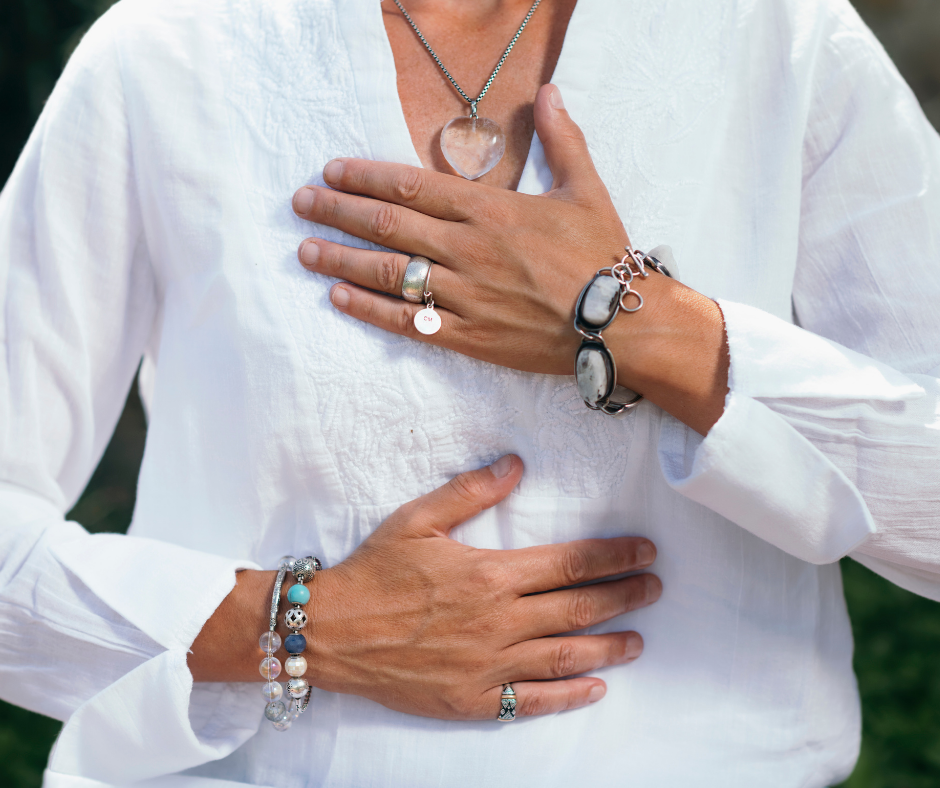
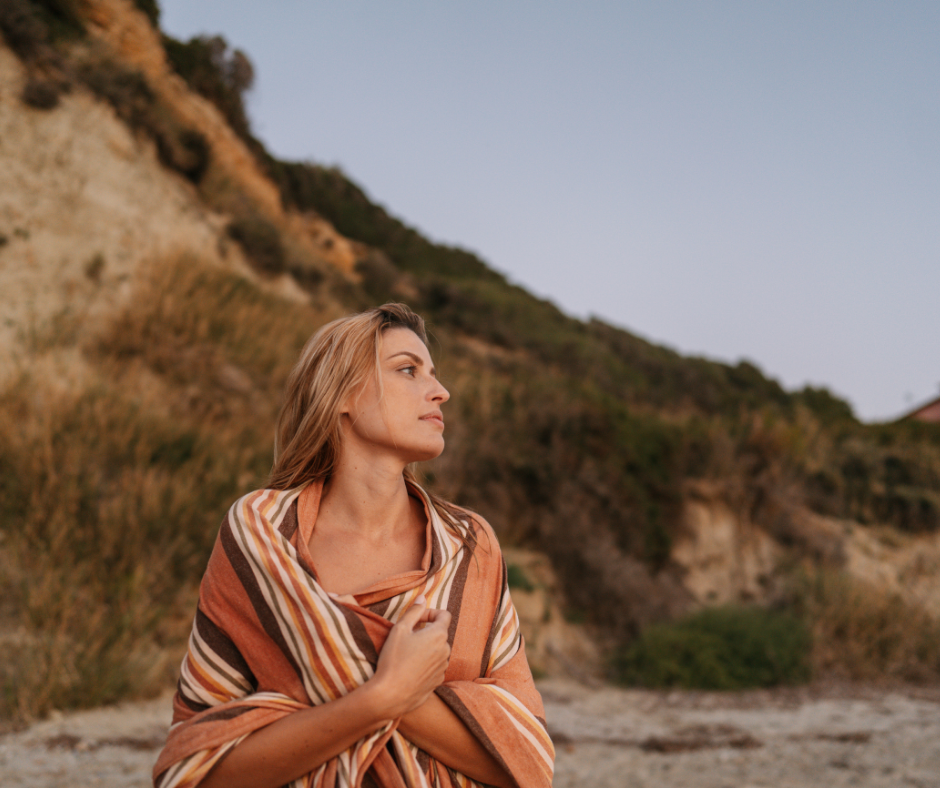 Keep a Gratitude Journal:
Keep a Gratitude Journal: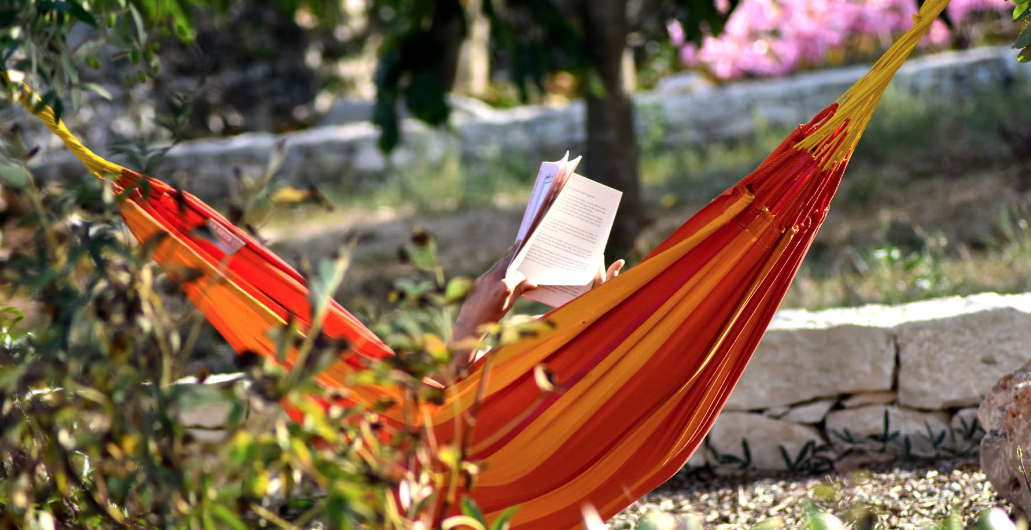
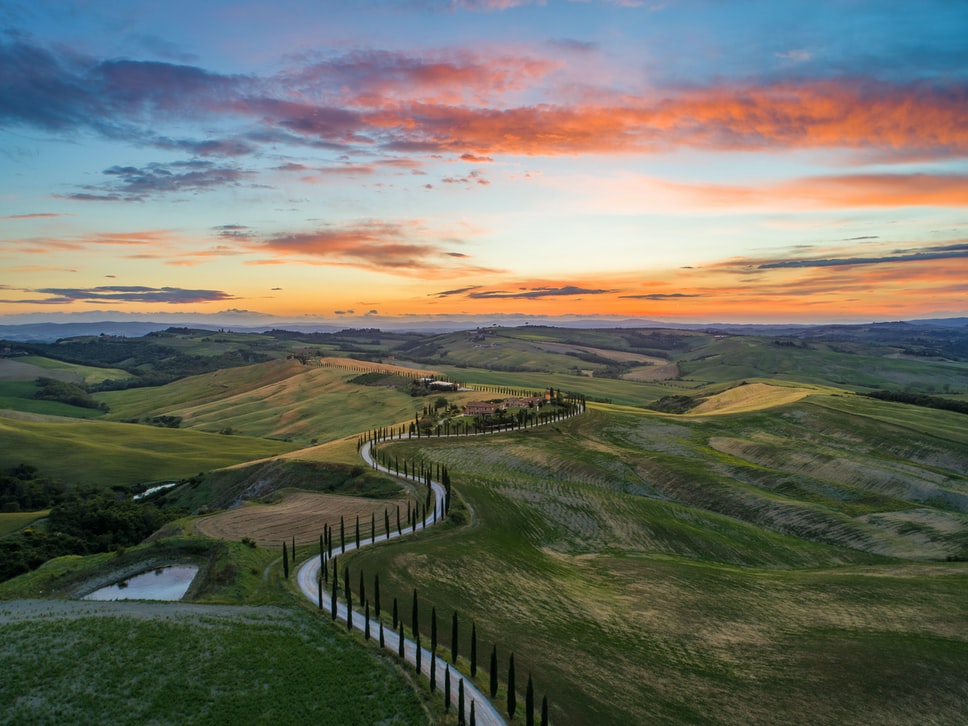
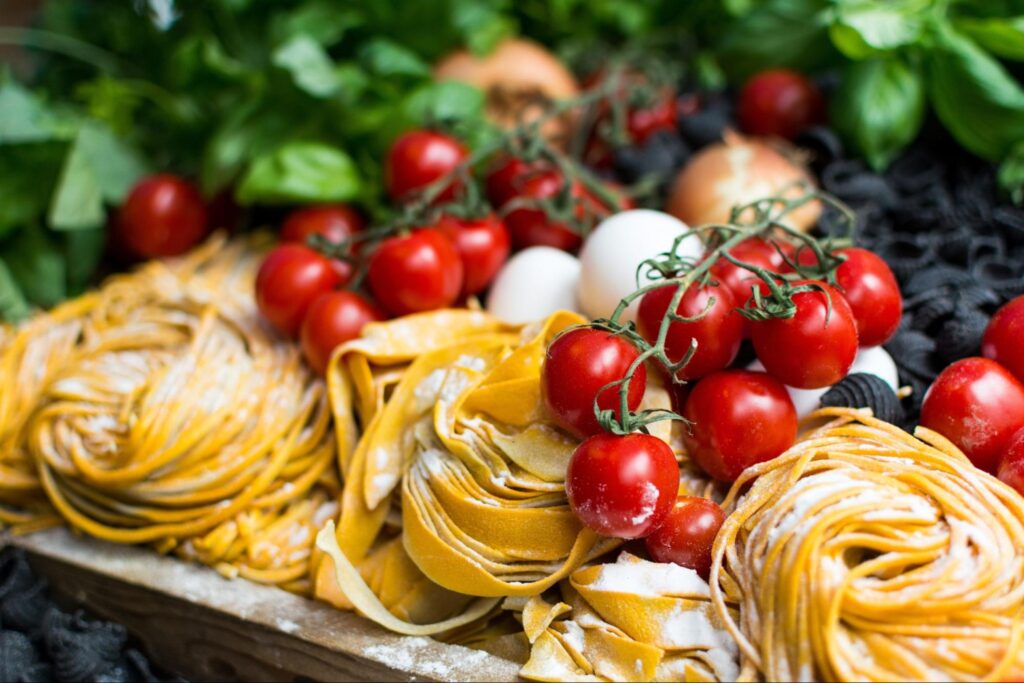 Italian cheesemakers are artisans of dairy. From the creamy mozzarella of Campania to the sharp pecorino of Sardinia, Italian cheeses are a testament to the skill and dedication of the cheesemakers. Each cheese is unique, reflecting the characteristics of the region it comes from and the individual touch of the cheesemaker. The art of cheese making is often passed down through generations, reflecting a deep bond with the land and a profound understanding of the craft.
Italian cheesemakers are artisans of dairy. From the creamy mozzarella of Campania to the sharp pecorino of Sardinia, Italian cheeses are a testament to the skill and dedication of the cheesemakers. Each cheese is unique, reflecting the characteristics of the region it comes from and the individual touch of the cheesemaker. The art of cheese making is often passed down through generations, reflecting a deep bond with the land and a profound understanding of the craft.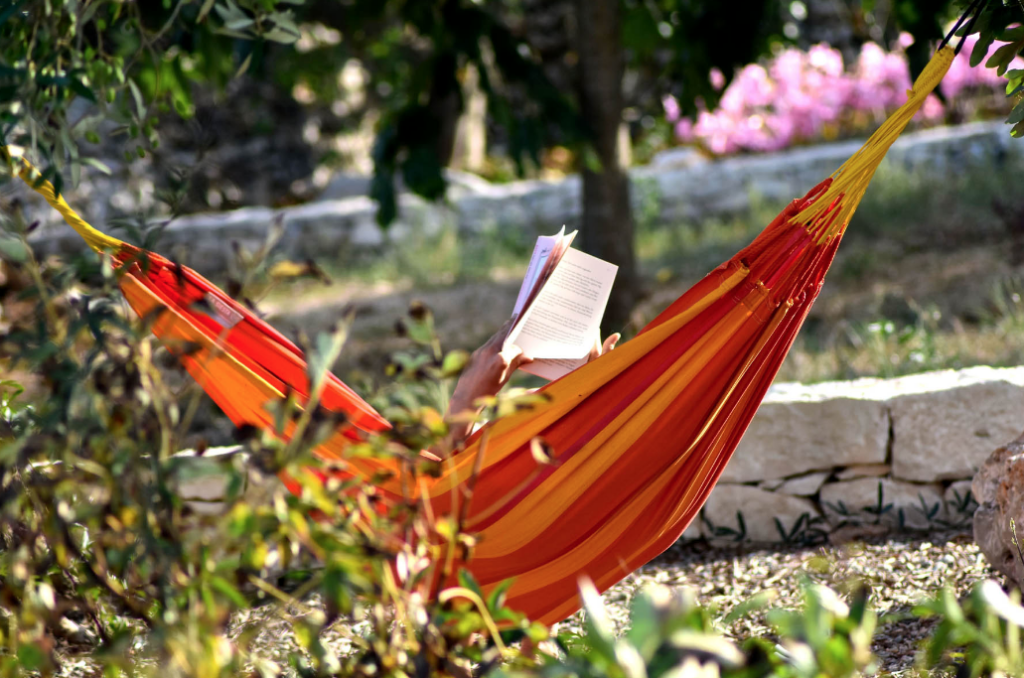
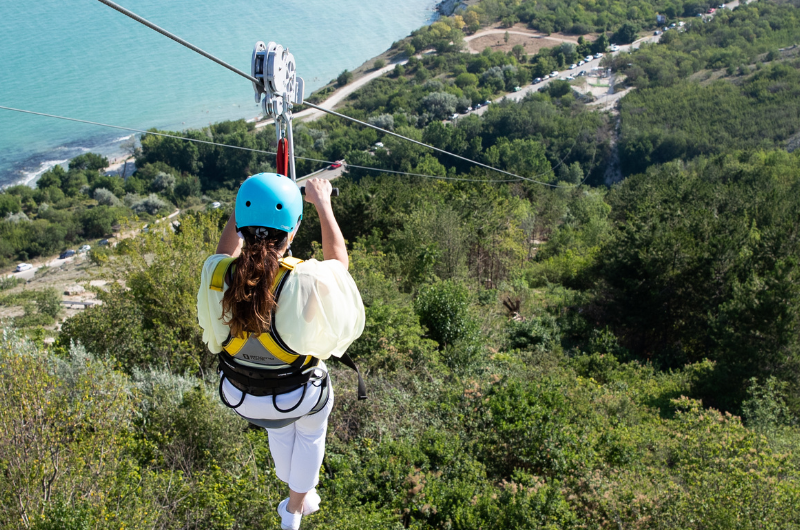
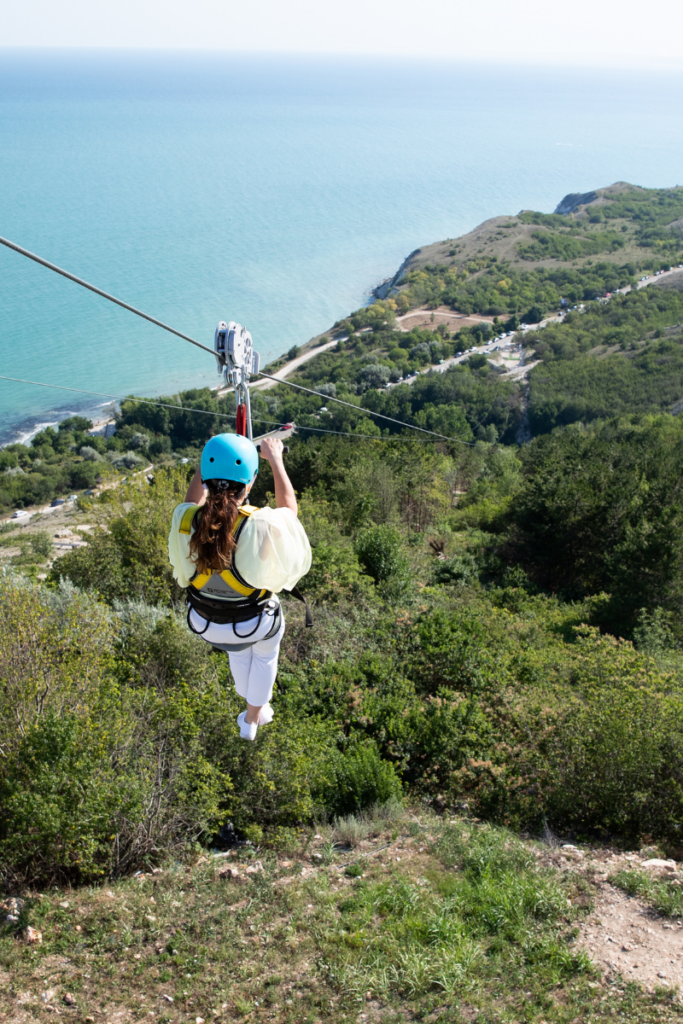 My memories from retreats include: Watching the sunrise over a secluded beach in Costa Rica, Zipping through the rainforest on a zipline, feeling like Tarzan swinging over the trees, swimming with dolphins in the Pacific Ocean with a group of eight retreaters,while schools of dolphins surround and swim with us. It was an incredible experience. surrounding us and swimming with us was an incredible experience. Swimming over a gorgeous reef in the bright blue waters of the Caribbean Sea.And of course, the yoga, The guiding practice which puts you in the right headspace to make this trip.
My memories from retreats include: Watching the sunrise over a secluded beach in Costa Rica, Zipping through the rainforest on a zipline, feeling like Tarzan swinging over the trees, swimming with dolphins in the Pacific Ocean with a group of eight retreaters,while schools of dolphins surround and swim with us. It was an incredible experience. surrounding us and swimming with us was an incredible experience. Swimming over a gorgeous reef in the bright blue waters of the Caribbean Sea.And of course, the yoga, The guiding practice which puts you in the right headspace to make this trip. 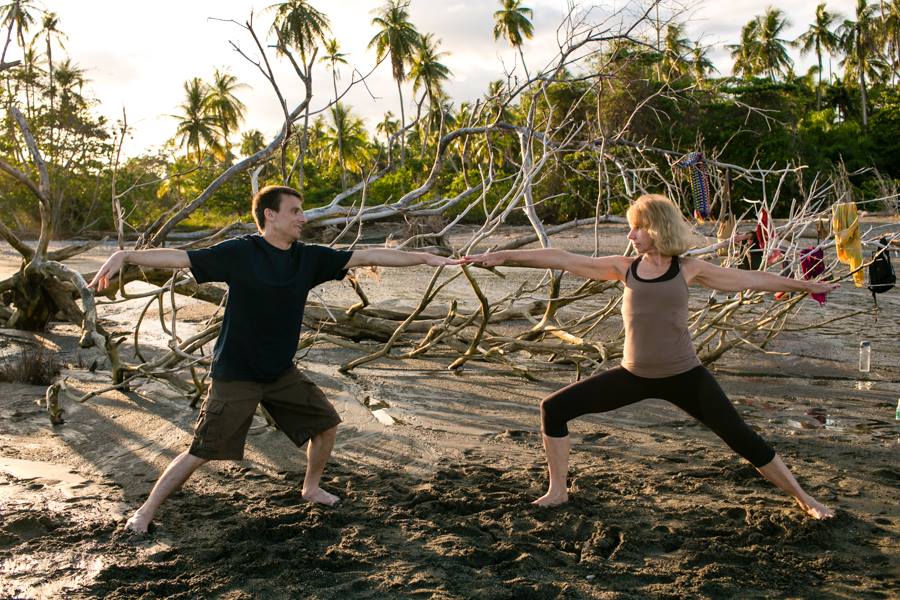
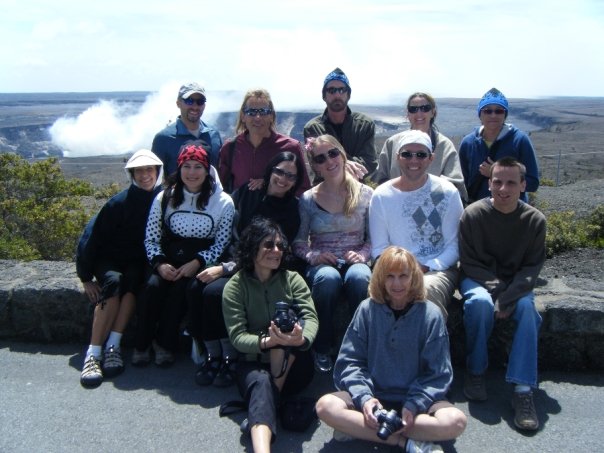 I am not an expert on which countries offer truly accessible locations. But I do know this, to go on a yoga retreat, with a teacher you love, is a gift. It is physically and mentally rejuvenating. Retreats offer the opportunity for the much needed self care that every person should be entitled to. The opportunity to get away from the hustle and bustle of everyday life can be life changing.
I am not an expert on which countries offer truly accessible locations. But I do know this, to go on a yoga retreat, with a teacher you love, is a gift. It is physically and mentally rejuvenating. Retreats offer the opportunity for the much needed self care that every person should be entitled to. The opportunity to get away from the hustle and bustle of everyday life can be life changing. 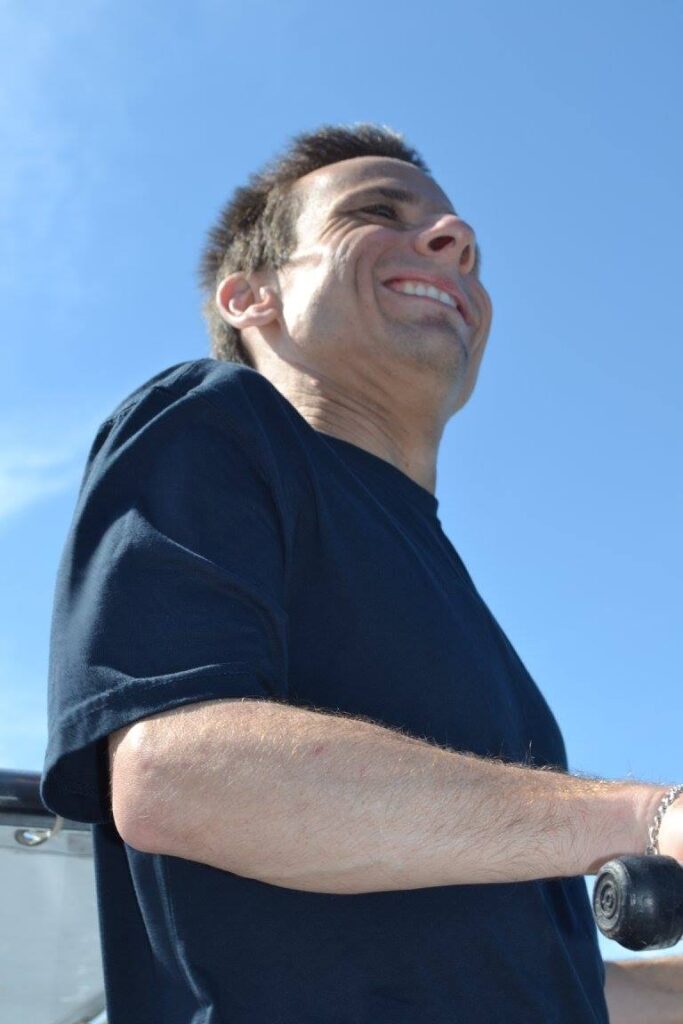 Ryan McGraw
Ryan McGraw 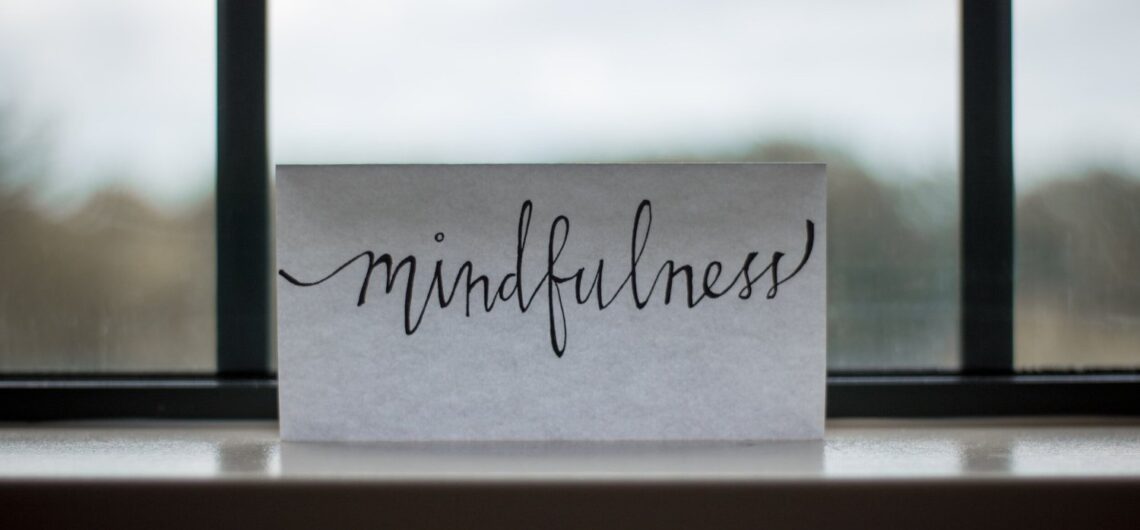
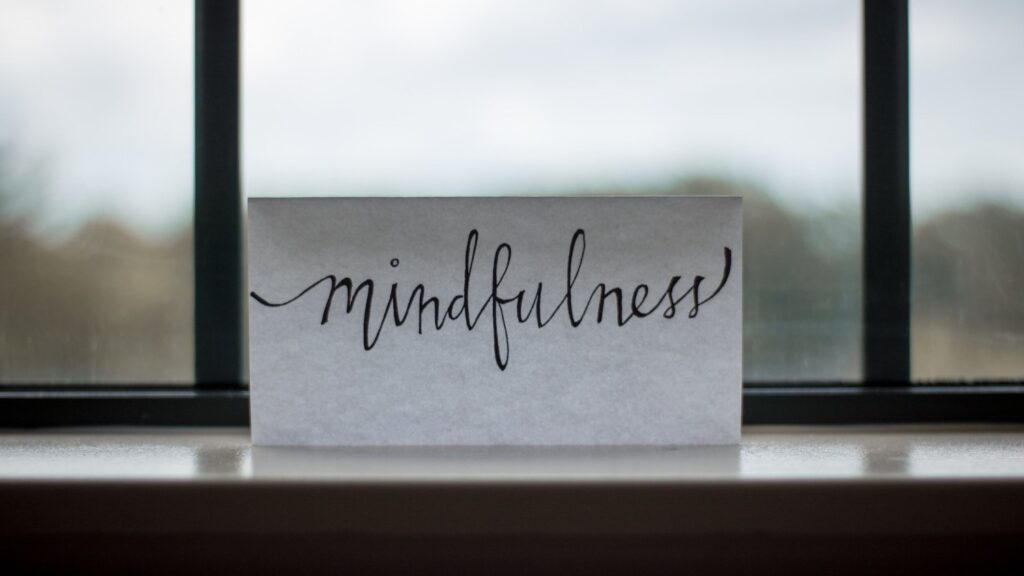 In our fast-paced world, it’s not uncommon to think of mindfulness as something separate from our daily lives—a task we complete, a box we tick. We set our timers, sit down to meditate, and then proceed with the rest of our day. However, true mindfulness extends far beyond the boundaries of meditation; it is meant to be a guiding force as we navigate the complexities of this human life.
In our fast-paced world, it’s not uncommon to think of mindfulness as something separate from our daily lives—a task we complete, a box we tick. We set our timers, sit down to meditate, and then proceed with the rest of our day. However, true mindfulness extends far beyond the boundaries of meditation; it is meant to be a guiding force as we navigate the complexities of this human life.